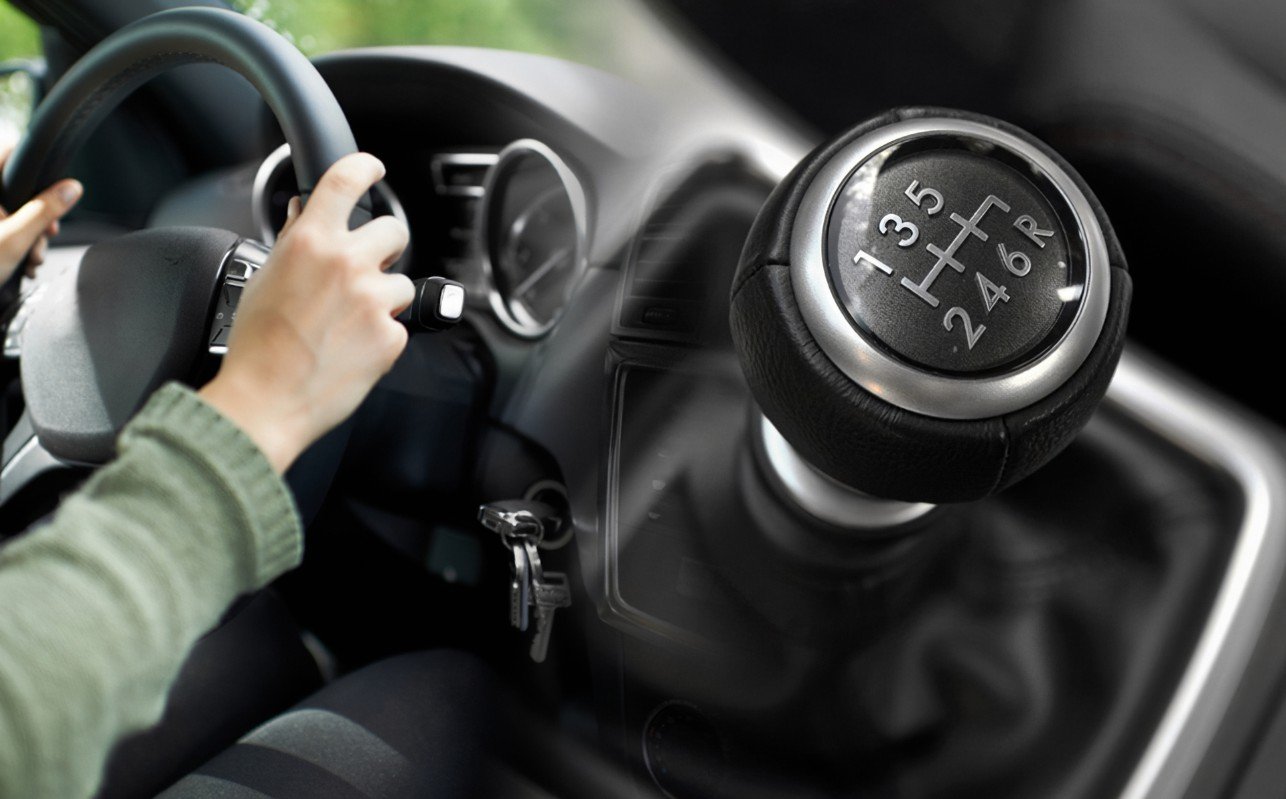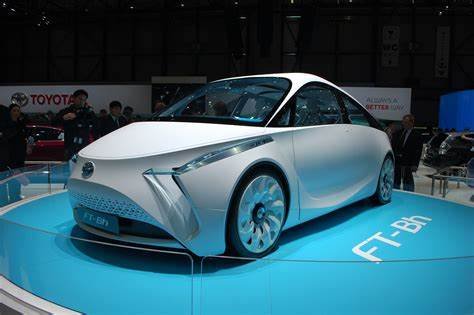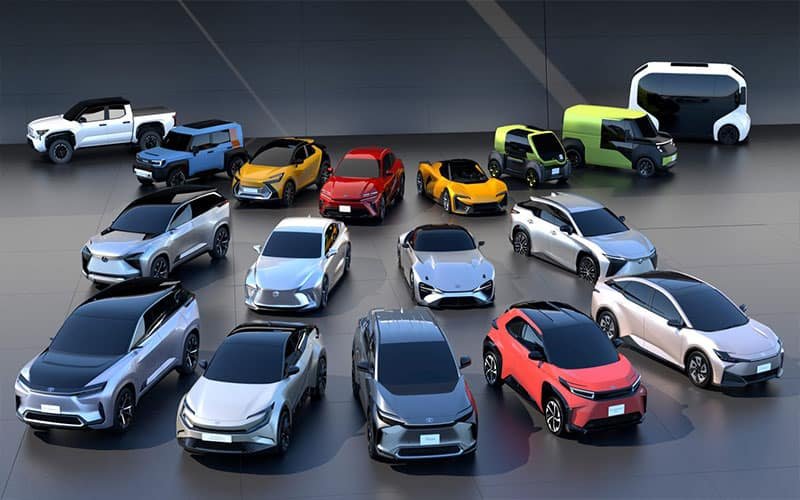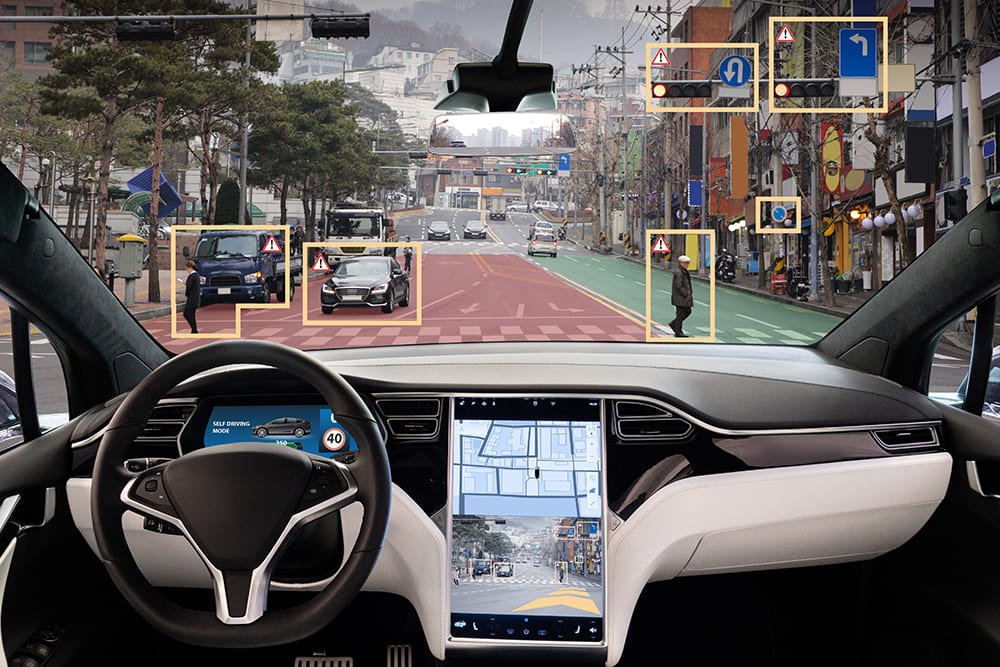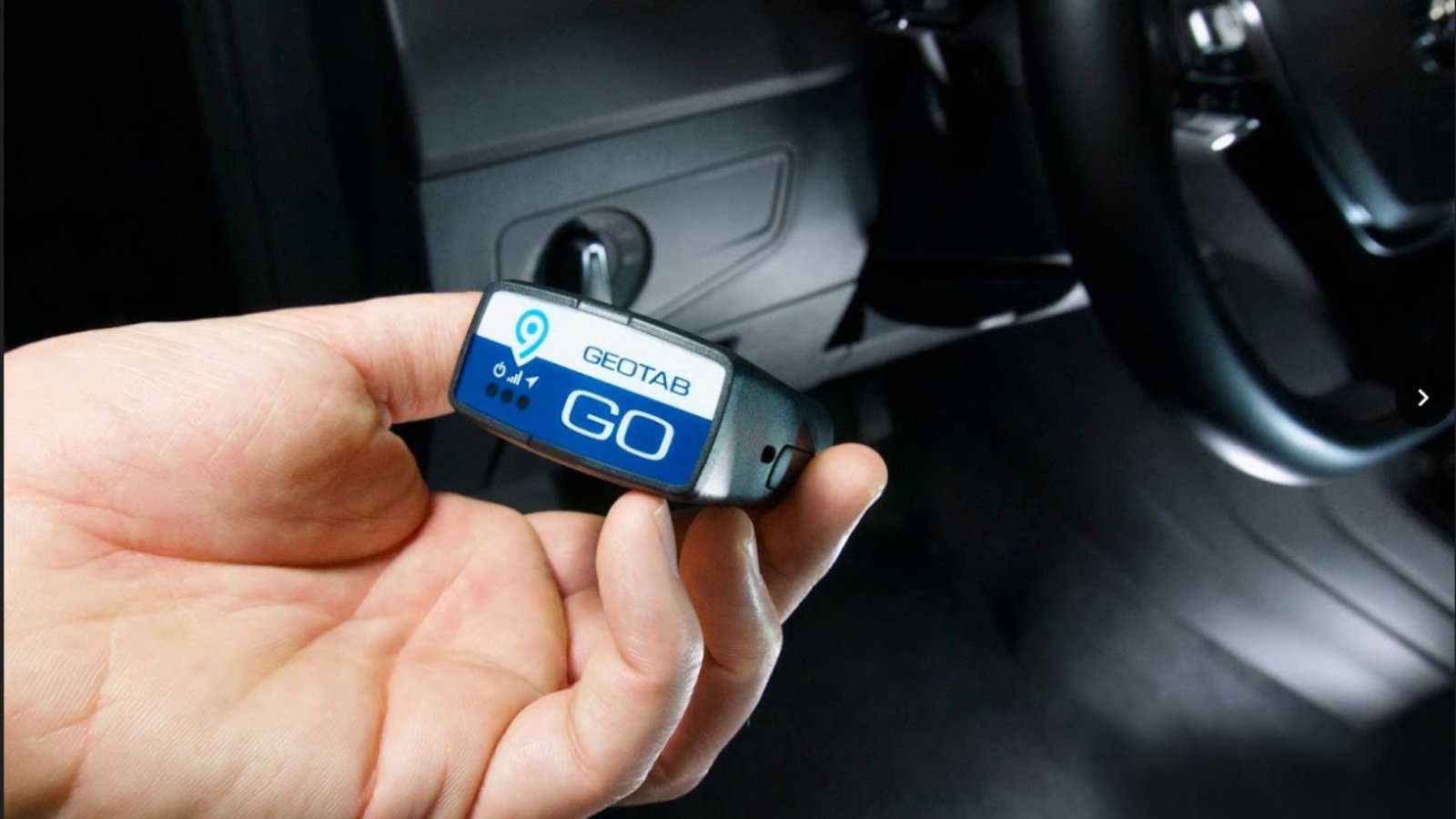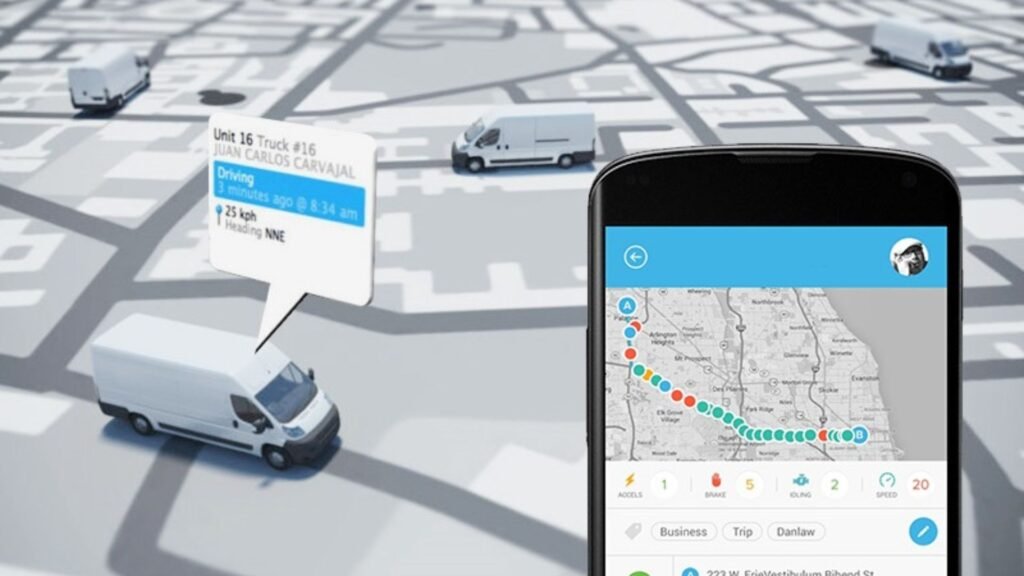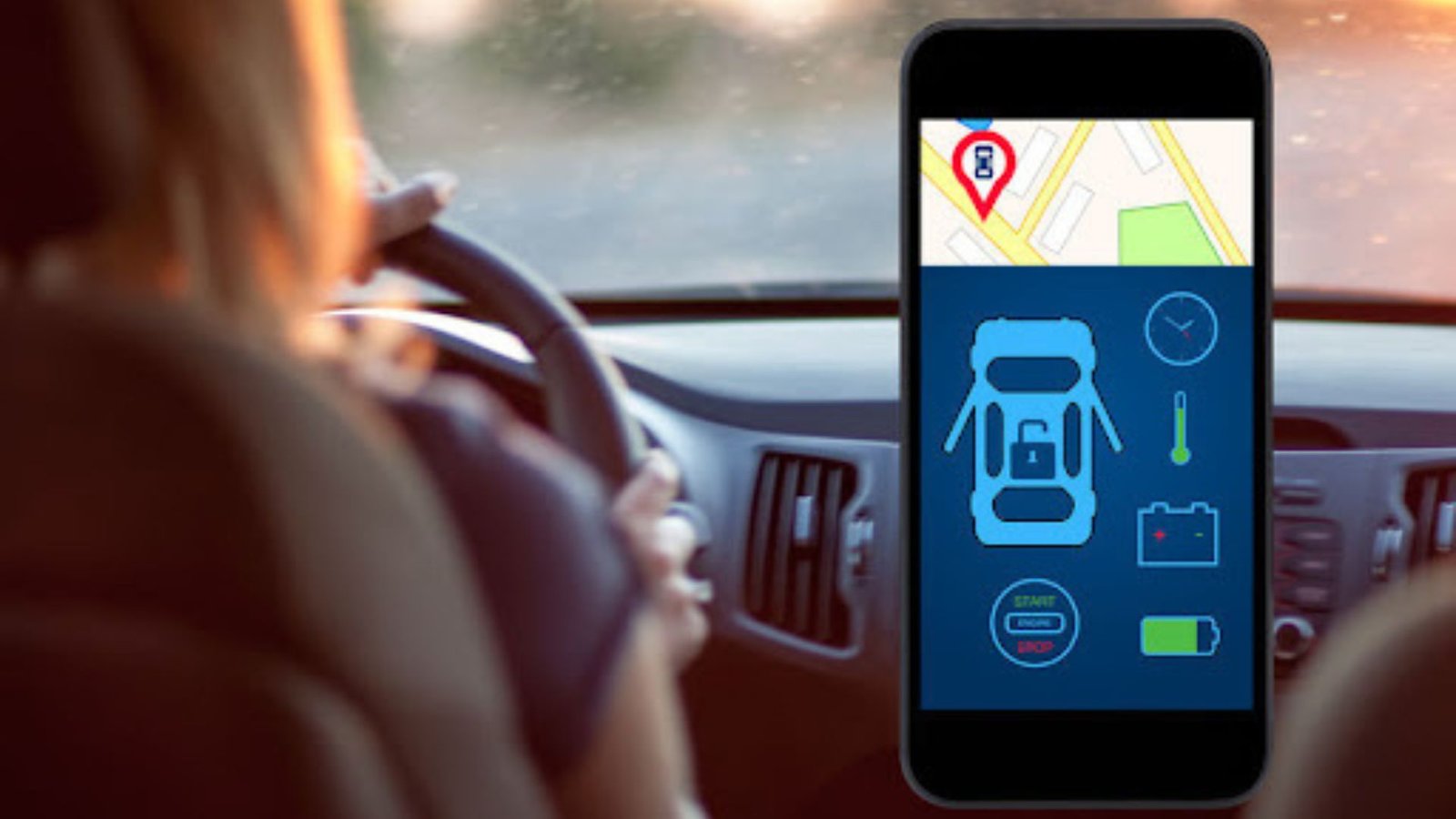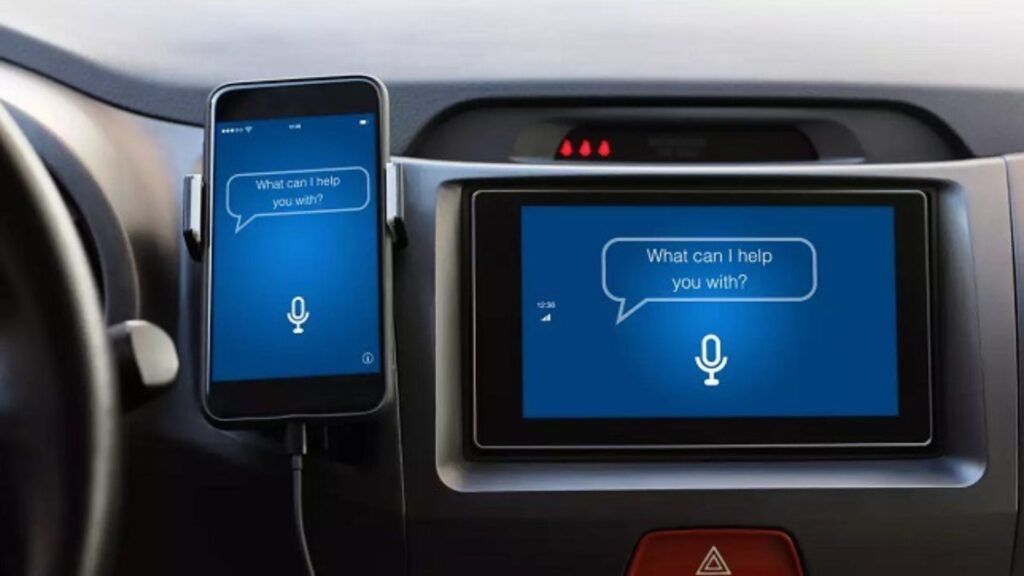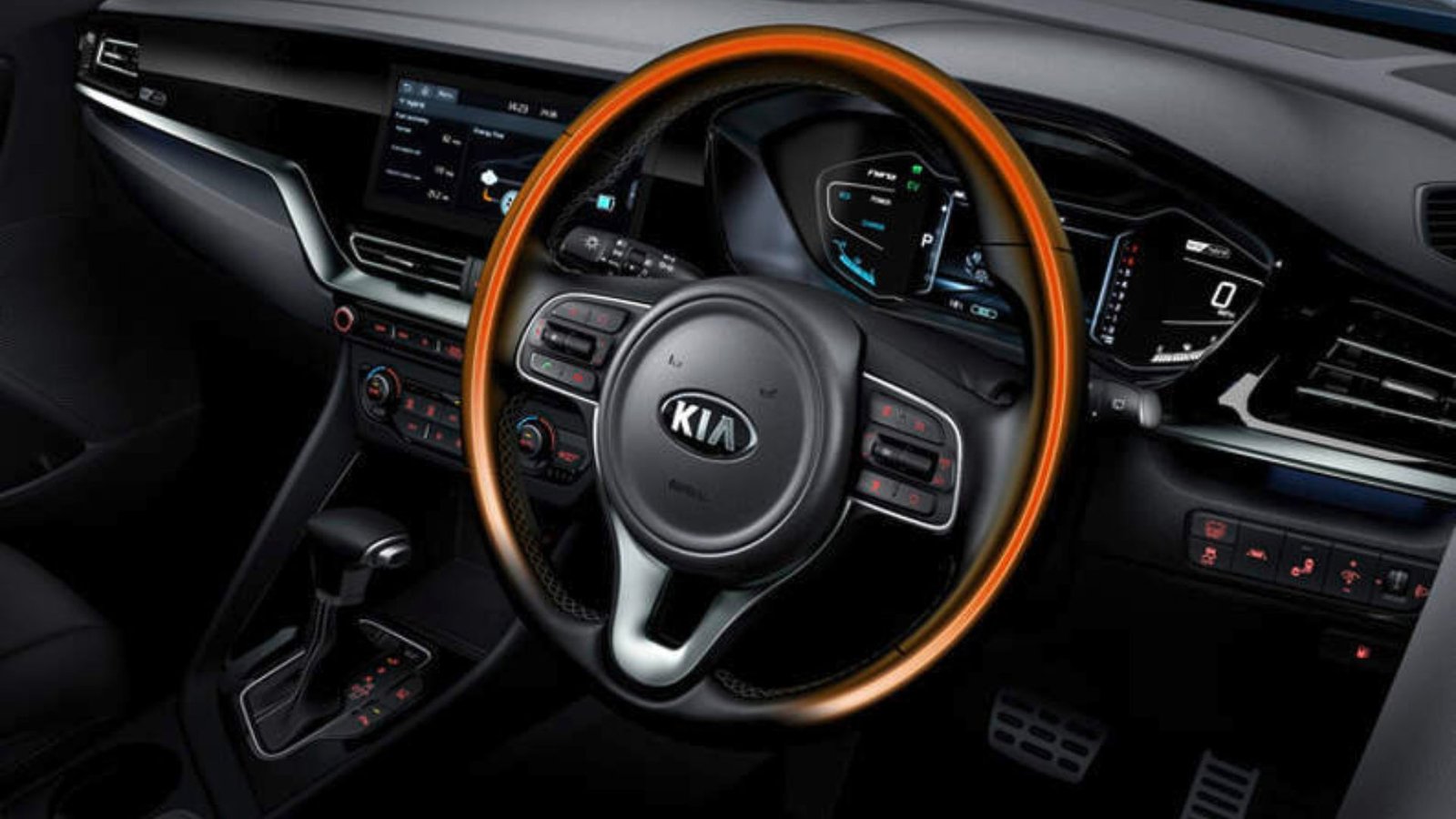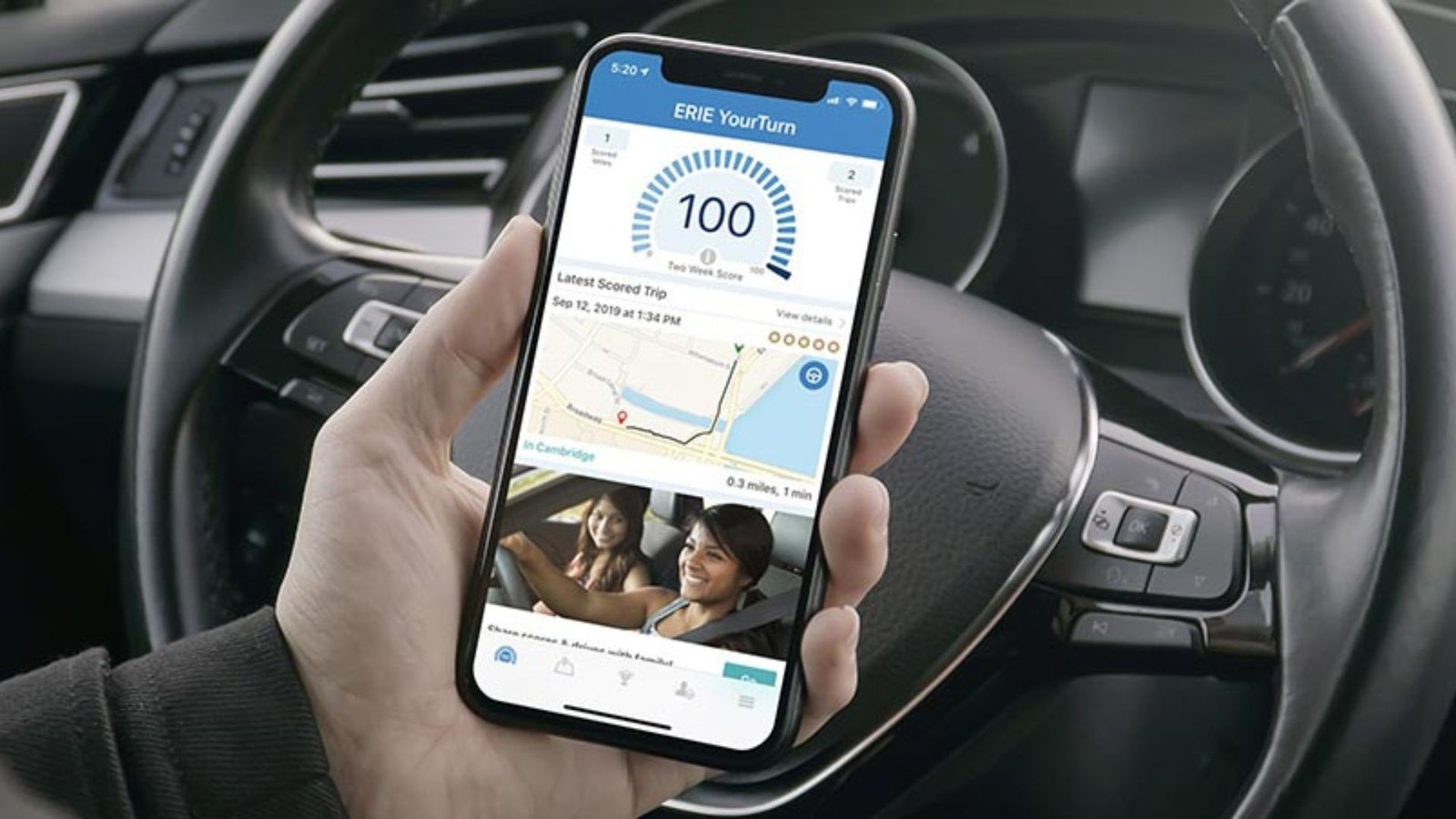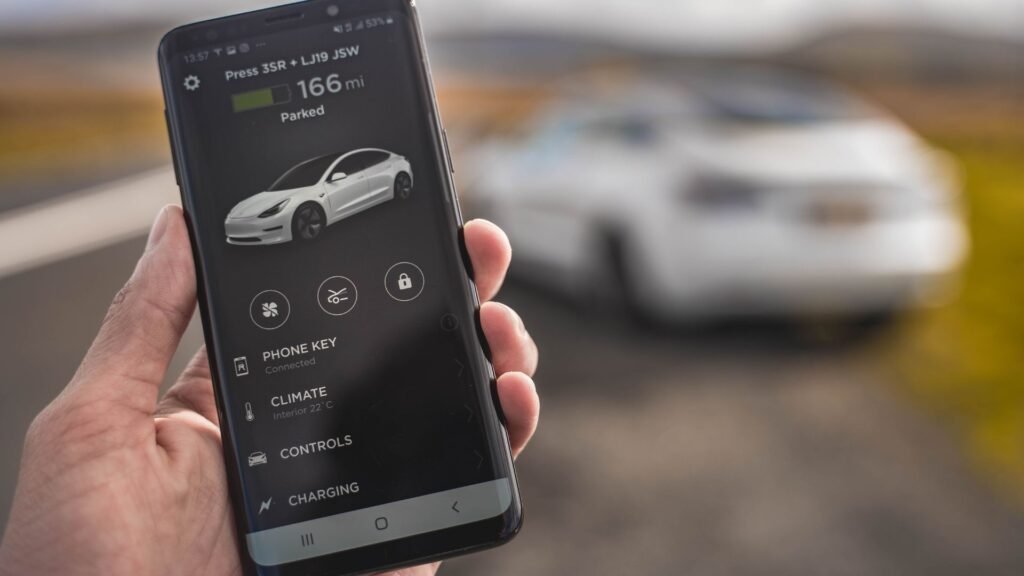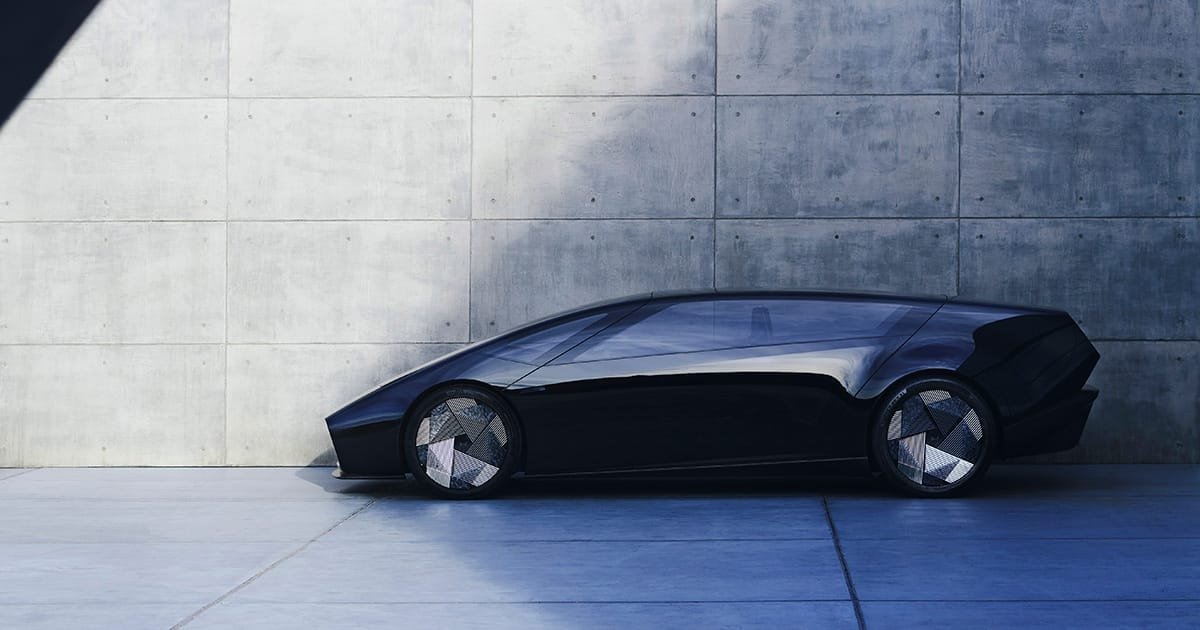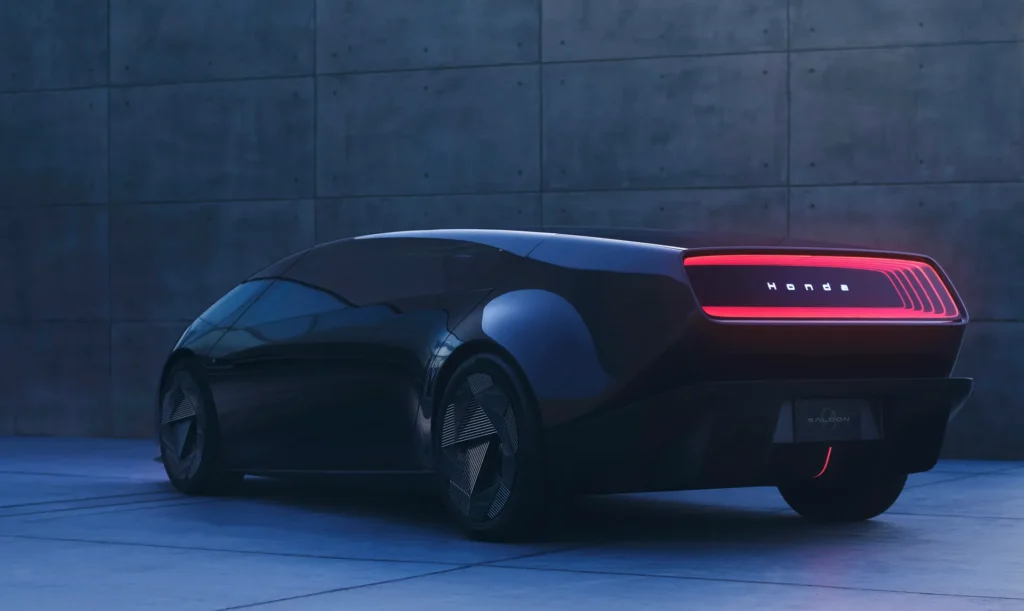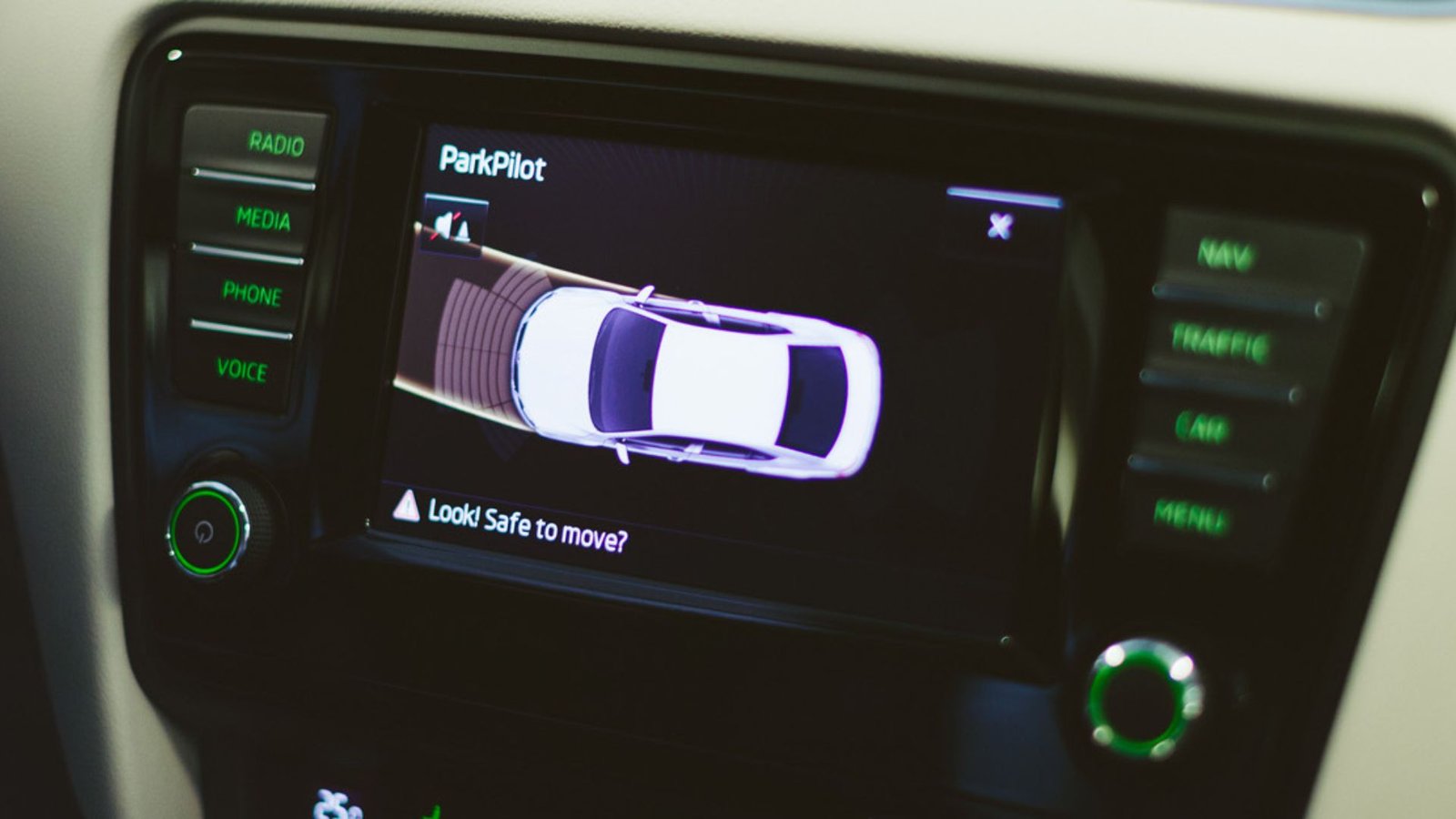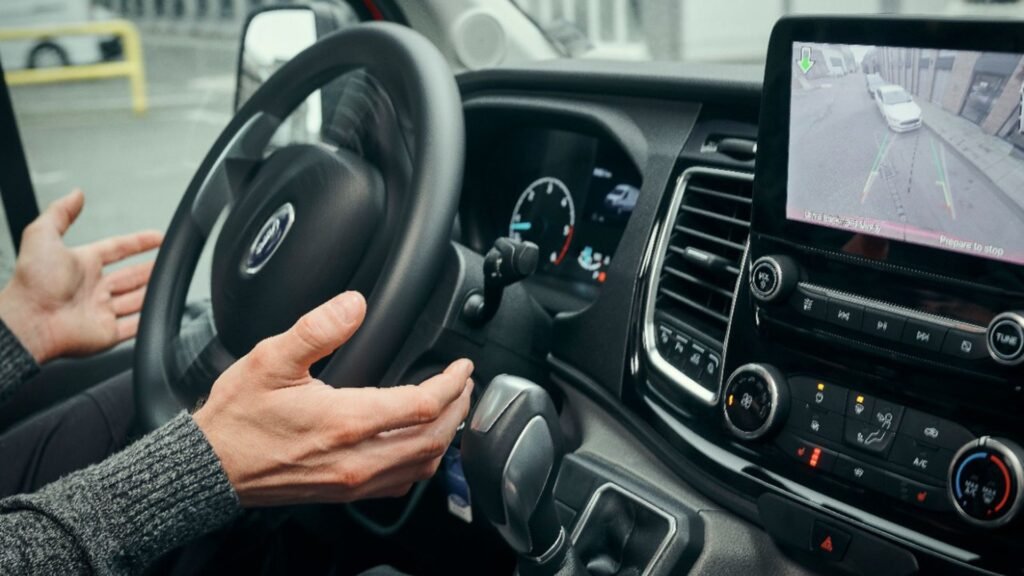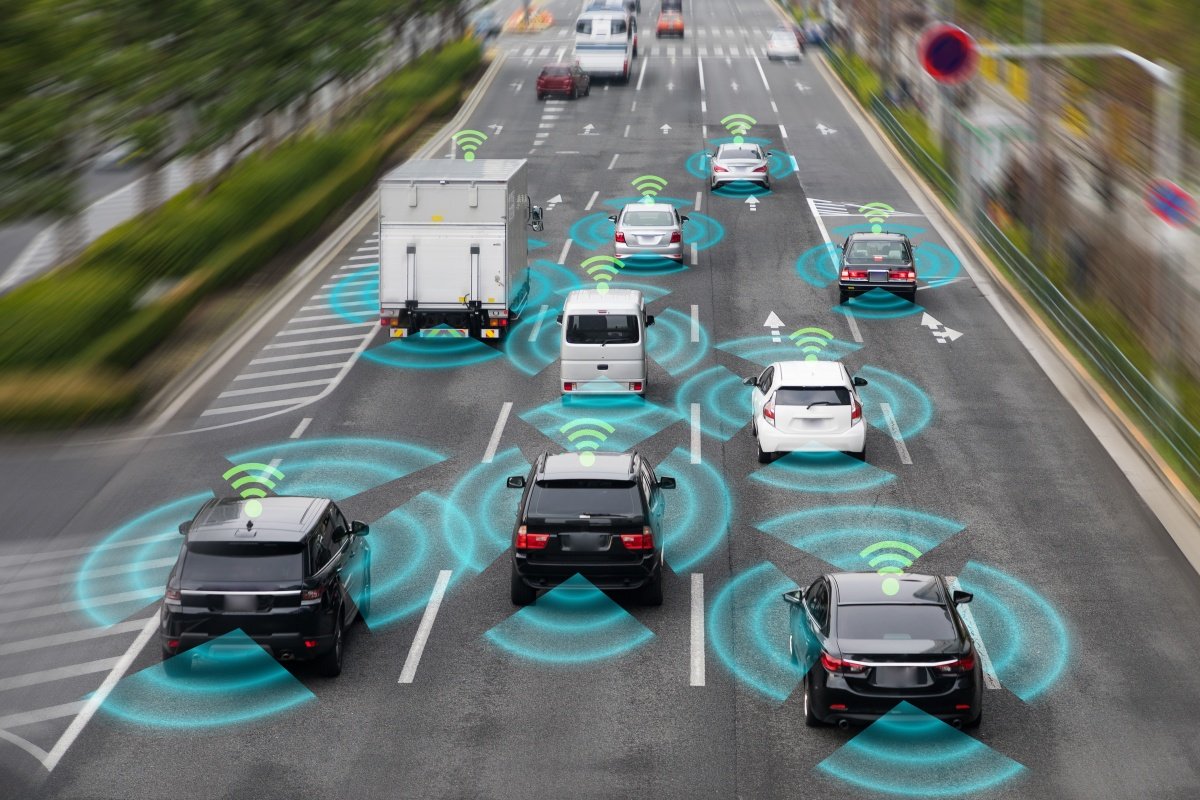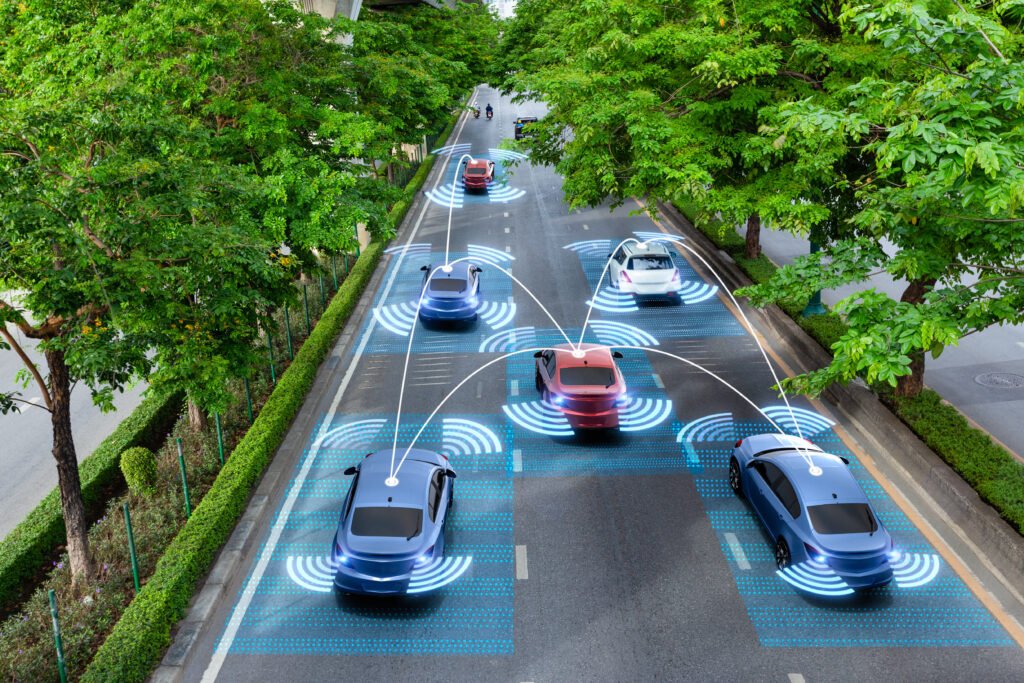The Joy of Driving Manual
Driving a manual car offers a unique and rewarding experience. While automatic transmissions have become more popular, many drivers still cherish the manual gearbox. This article explores the joy of driving manual, highlighting its benefits and the thrill it brings.
Greater Control Over Your Car
One major advantage of driving a manual car is the control it offers. Manual transmissions allow you to select gears manually. This means you can match the engine speed to your driving needs precisely. For instance, you can downshift to gain more power when accelerating or upshift to save fuel on the highway. This level of control helps you respond better to various driving conditions.
Enhanced Driving Experience
Driving a manual car provides a more engaging experience. Shifting gears, operating the clutch, and feeling the engine’s response connect you more intimately with your vehicle. This hands-on approach makes driving feel more involved and enjoyable. Many enthusiasts find that driving a manual car adds a sense of satisfaction and skill that automatics lack.

Innovative Choices and Exciting Challenges
Just as Alternative Automobile offers unique solutions for modern drivers, real money online blackjack provides a fresh take on classic casino excitement with strategic gameplay. Both embrace innovation while delivering thrilling experiences.
www.leroijohnny1.net/fr
Alternativeautomobile29.com likely focuses on alternative fuel vehicles or related automotive topics. While visitors explore eco-friendly transportation options and innovations, some might also enjoy online entertainment during their leisure time. For those interested in exploring online gaming platforms, further information can be found at www.leroijohnny1.net/fr. This resource offers a variety of online casino games for adults seeking a different form of digital engagement.
Better Fuel Efficiency
Manual transmissions often offer better fuel efficiency compared to automatics. Since you control the gear changes, you can keep the engine in its optimal power range. This can lead to improved fuel economy, especially in city driving conditions. While modern automatics have improved in fuel efficiency, manuals still provide a competitive edge.
Lower Maintenance Costs
Manual transmissions generally cost less to maintain and repair. Automatics have complex systems with many components that can fail. Manuals, on the other hand, have fewer moving parts and simpler mechanics. This simplicity often translates to lower repair costs and longer-lasting reliability. For those who like to keep their cars in good shape without breaking the bank, a manual transmission can be a smart choice.
Discover Top-Rated Aussie Casinos
Looking for a premium gambling platform in Australia? Aussie casinos like King Johnnie offer secure gameplay, massive jackpots, and thrilling casino action for all players.
Learning and Mastery
Driving a manual car teaches valuable driving skills. Mastering the coordination between the clutch and gear shift can improve your overall driving ability. This skill set can enhance your reaction times and driving awareness. Additionally, learning to drive manual can be a fun challenge and a sense of achievement. It also makes you a more versatile driver in situations where manuals are preferred or required.
Driving Pleasure and Connection
Many drivers find that manual transmissions make driving more pleasurable. The process of shifting gears and controlling the car’s power adds to the thrill of driving. This connection with the car and the road creates a more immersive driving experience. The physical interaction with the vehicle enhances your driving pleasure, making every journey more enjoyable.
Challenges of Driving Manual
While driving manual has many benefits, it does come with challenges. Learning to drive a manual car can be difficult for beginners. It requires coordination, timing, and practice. Additionally, driving in heavy traffic can be tiresome as frequent gear changes become necessary. However, with practice, these challenges become manageable, and the rewards far outweigh the difficulties.
Why Manual Cars Are Worth the Effort
Despite the rise of automatic transmissions, manual cars remain popular among driving enthusiasts. The joy of driving manual lies in its ability to offer control, engagement, and a unique driving experience. For those willing to put in the effort to learn, a manual transmission can provide a driving experience like no other. Embracing the challenge and mastering the manual gearbox can lead to countless hours of driving enjoyment.
Beyond the Road: Unwinding with Casino Games Online
Just as mastering a manual transmission offers a unique kind of satisfaction, so too can exploring new forms of entertainment. For those moments when you’re off the road and looking to unwind, discovering the world of casino games online can provide a different kind of thrill and engagement, offering a diverse array of options to suit any preference.
Final Thoughts
Driving a manual car brings a special kind of joy. It offers greater control, a more engaging experience, and often better fuel efficiency. The learning curve and maintenance costs are worth it for many drivers who appreciate the connection to their vehicle. If you haven’t tried driving a manual, consider giving it a chance. You might find that it’s an experience you’ll cherish and enjoy for years to come.

